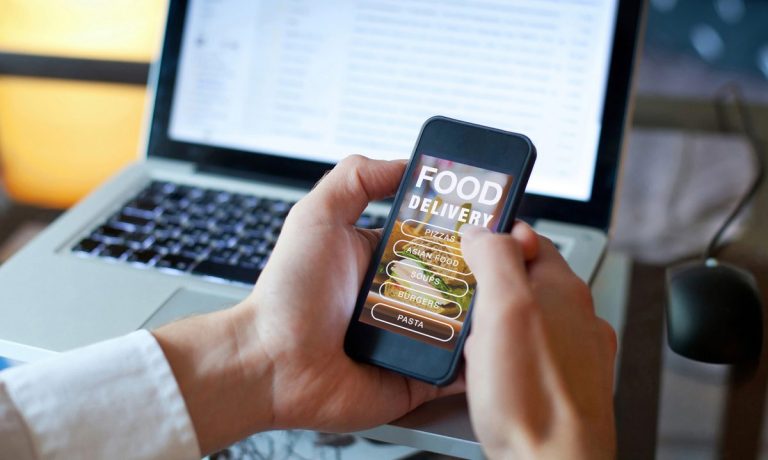
Necessity, as we’ve often heard, is the mother of invention, although one could exchange “innovation” for “invention” and the point is made just as well.
The 2021 edition of the Restaurant Readiness Index, a PYMNTS and Paytronix collaboration, puts a fine point on it, looking at how eateries are frontrunners of commercial creativity 16 months into the pandemic. With the specter of mask mandates and COVID variants hanging over us again, the readiness of restaurants holds importance for all food-eating peoples.
Surveying over 500 managers of quick-service restaurants (QSRs) and full-service restaurants across the United States, researchers found a buoyant outlook, as 77 percent of all restaurants believe their 2021 take will exceed 2020 revenues, adding that 84 percent of restaurants whose revenues fell between 2019 and 2020 believe their revenues will improve in 2021.
Couldn’t ask for a tastier outlook, but there’s work to do to make these numbers a reality.
Per the Index, “restaurants that have managed to keep their doors open since March 2020 have done so by finding new ways for their customers to order from the safety and comfort of their homes. What is less well-known is the extent to which restaurants now rely on remote food orders to drive sales.”
With 67 percent of the average restaurant’s revenue now deriving from food orders “placed either online or over the phone,” digital capabilities are “critical for QSRs, as the average QSR now generates as much as 75 percent of its sales from orders made online or over the phone.”

A Heaping Helping Of Optimism
Online ordering emerges as so vital to the ongoing viability of the entire restaurant base that it’s hard to believe some aren’t using the capability to its fullest.
“Restaurants that expect to generate higher revenues in 2021 than they did in 2019 generate 42 percent of their total sales online and only 27 percent of their total sales in person, on average,” according to the 2021 Restaurant Readiness Index. However, it adds, “The inverse is also true. Restaurants that do not expect their 2021 revenues to surpass 2019 levels generate less in sales online and more in person. Restaurants with this pessimistic financial outlook generate an average of 35 percent of their sales online and another 35 percent in person. The remaining 27 percent of their sales are generated over the phone.”
Comparing digital options available to restaurant operators, PYMNTS researchers found that “Orders placed via aggregators like DoorDash, Grubhub and Uber Eats generate more sales than those placed using any other digital ordering channel, but not by much. The average restaurant now generates 16 percent of its total sales via aggregator, 14 percent of its sales via mobile order-ahead and 10 percent of its sales via desktop website. This shows that restaurants have an opportunity to maximize conversion by providing an abundance of online ordering options.”

Not All Operators ‘Get’ The Loyalty Imperative
Given the rapid spread and mass adoption of loyalty programs during the pandemic, another unexpected finding in the 2021 Restaurant Readiness Index is that not all seem to grasp it.
“Many restaurants are unaware of how much their customers would like to be able to earn rewards for their food orders,” per the Index. “Restaurants are 16 percent less likely to be offering some type of loyalty or rewards program now than they were in 2020. This is in part because restaurant managers are still far less likely than their customers to believe that such programs will be important to their future success.”
That’s somewhat alarming, considering that 51 percent of restaurant customers see rewards “as a major factor that will help determine whether restaurants succeed in the long run, but only 36 percent of restaurant managers see loyalty and rewards playing such a key role.”
Yet, the proof is in the online ordered and delivered pudding, to modify an apt adage.
“Top performers were able to boost their overall innovation readiness by not only keeping their loyalty programs but also expanding their digital ordering capabilities — especially in mobile app payments. Top performers are 4.5 percent more likely to offer digital ordering capabilities than they were in 2020, and they are 7.1 percent more likely to offer mobile app-enabled ordering options than they were last year.”
